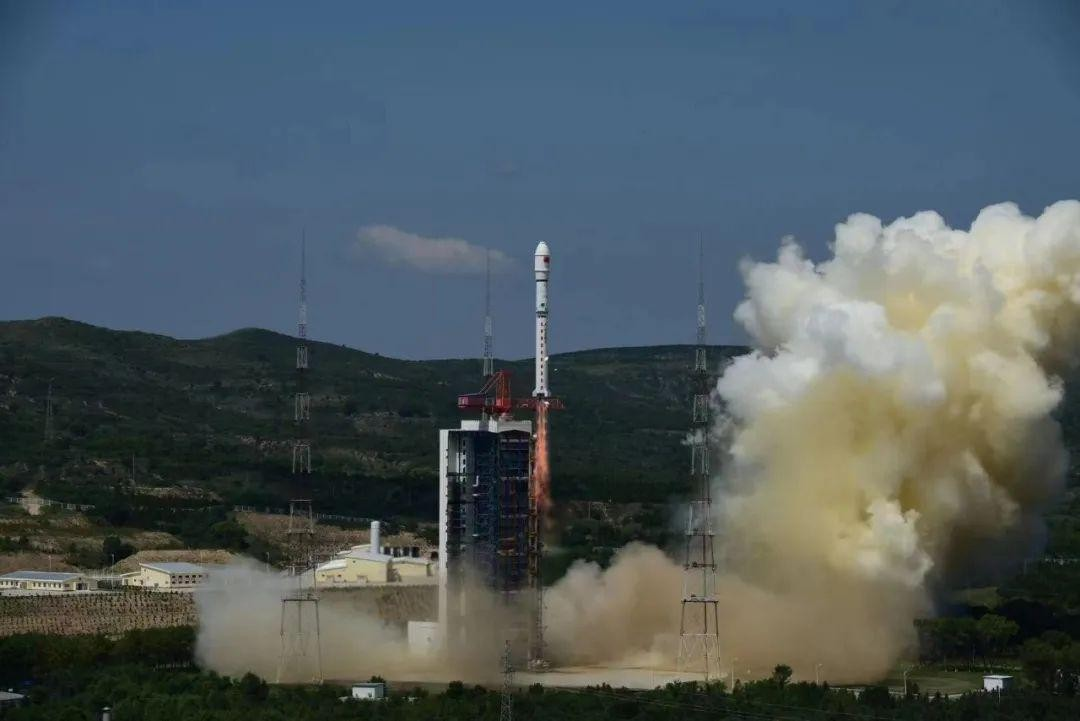
NEWS
CZ-2D successfully launched four satellites at one time
发布时间:
2023-09-01 10:32
At 10:50 a.m. on July 23, 2023, the CZ-2D launch vehicle successfully sent four satellites, including the Sixiang-01, into the target orbits at Taiyuan Satellite Launch Center.
The launch mission was a complete success.

CZ-2D launch vehicle, which is a normal-temperature liquid two-stage launch vehicle developed by Shanghai Academy of Spaceflight Technology, has a takeoff thrust of about 300 tons, and a carrying capacity of 1.3 tons in the sun-synchronous circular orbit with a height of 700 km. It has the ability to launch single and multiple satellites with different orbital requirements in Jiuquan, Taiyuan and Xichang satellite launch centers.
So far, the CZ-2D launch vehicle has successfully completed four commercial launch missions for this year at Taiyuan Satellite Launch Center. In the face of the increasingly competitive launch service market, CZ-2D launch vehicle continuously improves the adaptability to satellite launching missions and the customer experience. The satellite layout is constantly innovating from the combination of 14 satellites in series and parallel connection + side-mounted arrangements to the staggered parallel connection of 4 satellites, and from the deployment of 41 satellites on a single panel to the series and parallel connection of payloads inside the fairing. This reflects the thorough understanding of customer needs by CZ-2D and its full commitment to ensuring customer satisfaction. In addition, the development cycle of CZ-2D has been significantly shortened by accelerating universalization and productization. This has led to an all-around improvement in efficiency, quality, and service, resulting in a higher cost-effectiveness of CZ-2D launch vehicles. This aligns perfectly with the trend of flexible and economical launches for commercial satellites.

In this mission, CZ-2D launch vehicle adopted a 4-meter fairing for the first time, which is a result of the adaptive design based on the mature technology of other models of launch vehicles developed by Shanghai Academy of Spaceflight Technology. The fairing with a larger diameter provides more flexibility in configuring more payloads, which can meet the demands for more diverse satellite launch requirements in the future. While continuously adapting to new models and exploring new technologies, stability remains the focus in the development of CZ-2D, which is still strictly managed as per the requirements for newly developed products. Comprehensive risk control was implemented throughout the early design and experimental validation stages. In addition, a series of review and reassessment tasks were also carried out, with precise identification and careful argumentation, to ensure the success of this mission.

In this mission, a first sub-stage impact area control system based on the grid fin was provided. The grid fins, which are installed onto the outer wall between the first and second stages, are in a folded state and closely attached to the rocket body during pre-launch and ascent stages. After the first sub-stage of the launch vehicle completes its mission and enters the atmosphere, four grid fins begin to function normally. By performing a series of complex and precise actions, such as “unlocking, unfolding, and rotation under the control commands”, the first sub-stage is accurately guided to the designated “controlled impact area”, thereby improving the safety of the launch. Meanwhile, the first sub-stage of the launch vehicle is equipped with a whole-process monitoring system. The location of wreckage can be monitored in real time via GNSS positioning + radio beacons.

The four satellites, including Sixiang-01, launched this time were developed by Skysight and Galaxy Space jointly.

This launch task is the 77th launch task of CZ-2D launch vehicle, the 189th launch of the Long March launch vehicles developed by Shanghai Academy of Spaceflight Technology, and the 479th launch task of Long March launch vehicles.